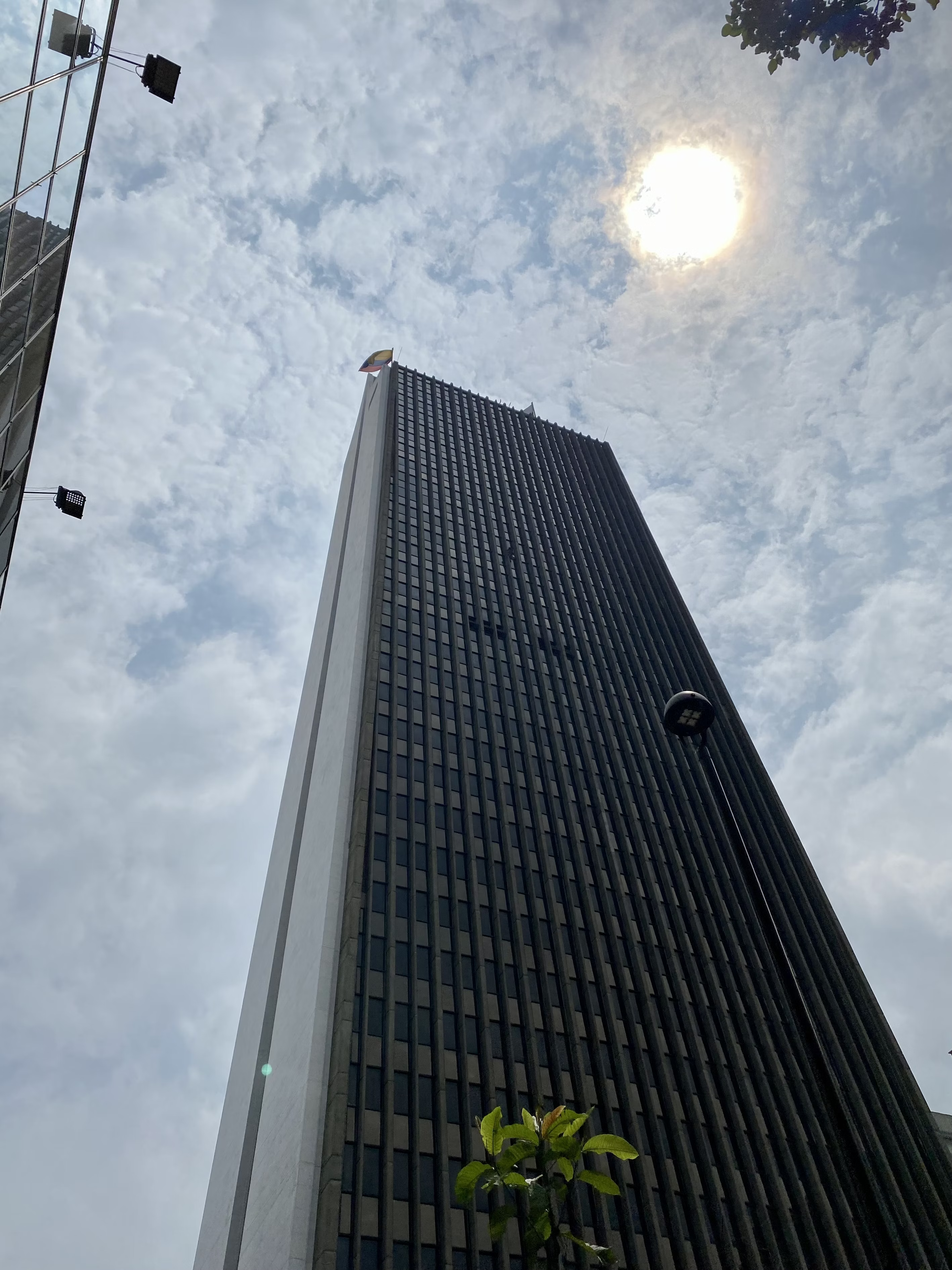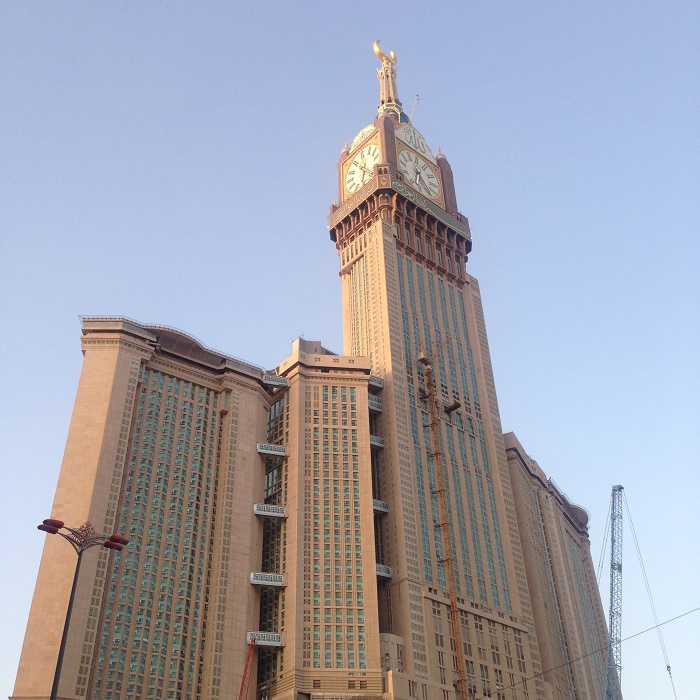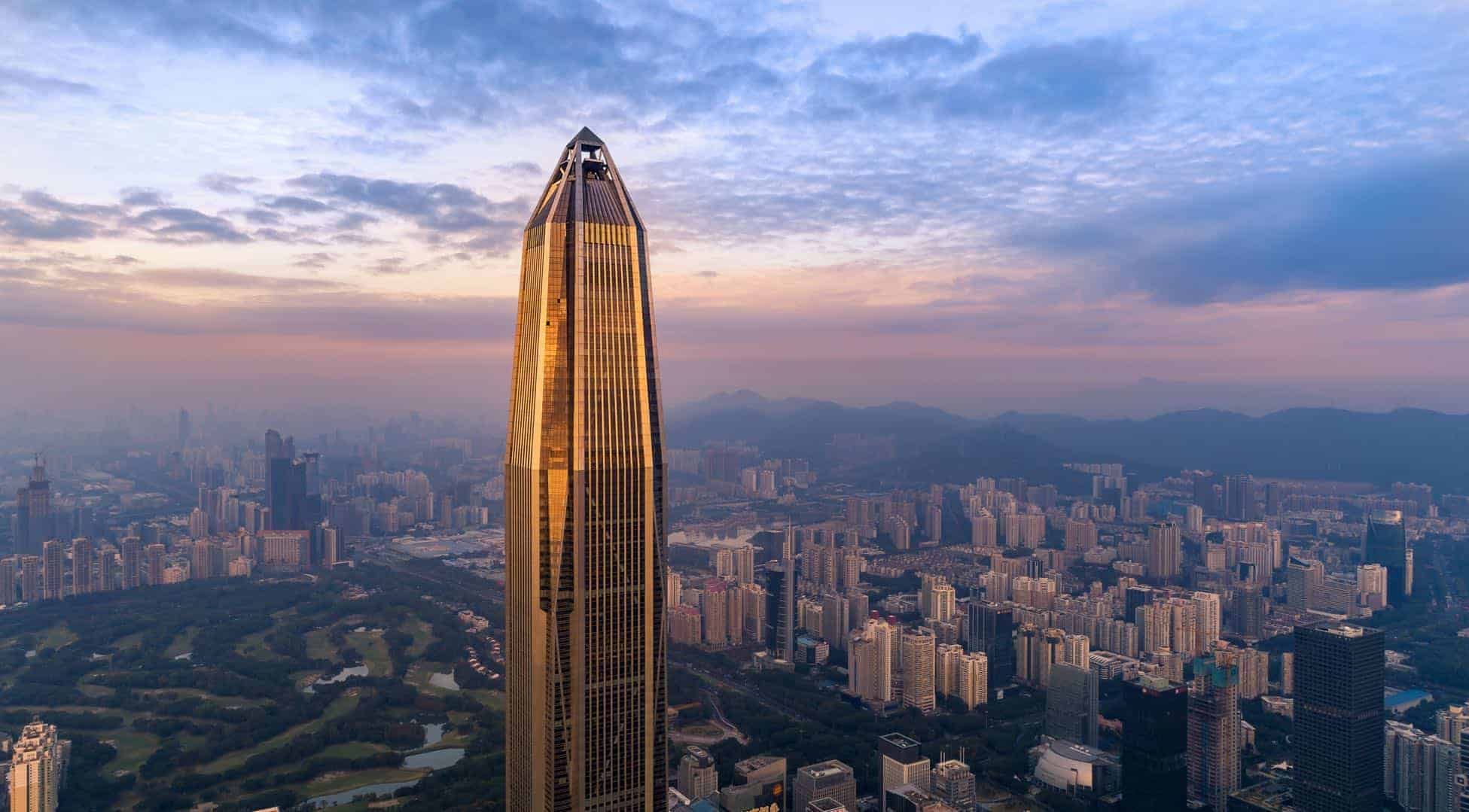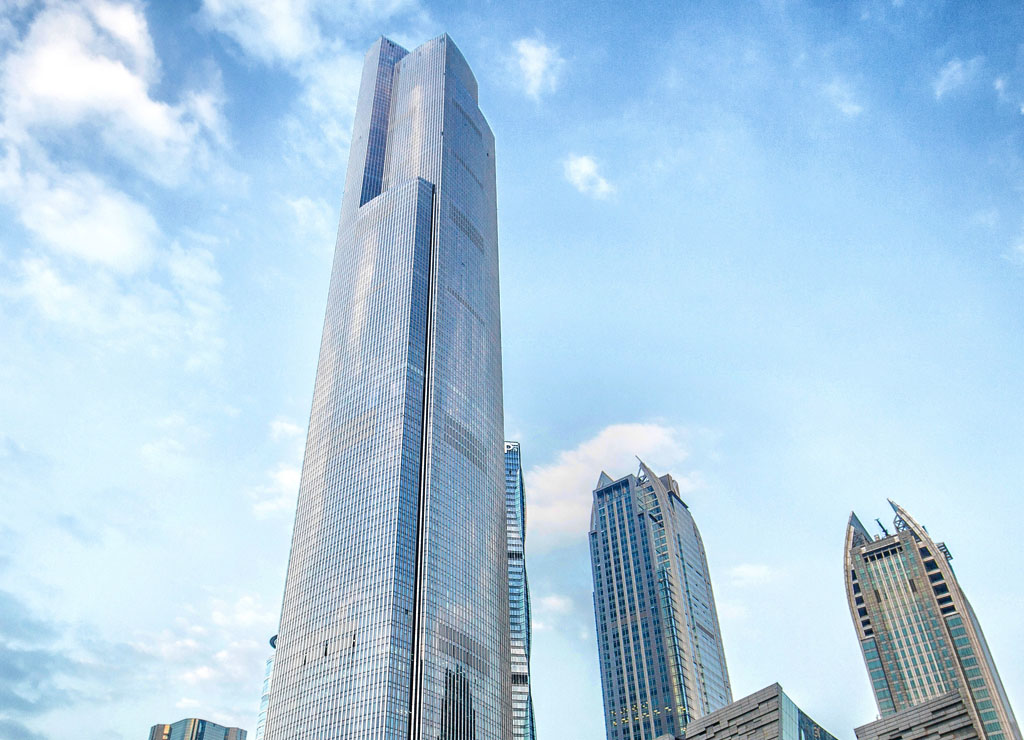
The skyline of our cities is constantly evolving, with architects and engineers pushing the limits of design and construction. As of 2025, several buildings stand tall as the tallest completed structures in the world, while numerous ambitious projects aim to redefine our understanding of height. This blog explores the current tallest buildings and the future contenders for the title.
Current Tallest Buildings
Burj Khalifa (Dubai, UAE)
Height: 828 m (2,717 ft)
Completed: 2010
Floors: 163

Shanghai Tower (Shanghai, China)
Height: 632 m (2,073 ft)
Completed: 2015
Floors: 128

Abraj Al Bait Clock Tower (Mecca, Saudi Arabia)
Height: 601 m (1,971 ft)
Completed: 2012
Floors: 120

Ping An Finance Center (Shenzhen, China)
Height: 599 m (1,965 ft)
Completed: 2017
Floors: 115

Lotte World Tower (Seoul, South Korea)
Height: 555 m (1,819 ft)
Completed: 2017
Floors: 123

One World Trade Center (New York City, USA)
Height: 541 m (1,776 ft)
Completed: 2014
Floors: 104

Guangzhou CTF Finance Centre (Guangzhou, China)
Height: 530 m (1,739 ft)
Completed: 2016
Floors: 111

Tianjin CTF Finance Centre (Tianjin, China)
Height: 530 m (1,739 ft)
Completed: 2019
Floors: 97
Future Contenders
Several ambitious projects are underway that aim to surpass the current tallest buildings:
Burj Binghatti Jacob & Co Residences (Dubai, UAE)
Expected Height: 595 m (1,952 ft)
Expected Completion: 2026
Six Senses Residences (Dubai, UAE)
Expected Height: 517 m (1,696 ft)
Expected Completion: 2028
Nanjing Greenland Financial City Phase II (Nanjing, China)
Expected Height: 417 m (1,367 ft)
Expected Completion: 2026
Tour F (Abidjan, Côte d’Ivoire)
Expected Height: 421 m (1,381 ft)
Expected Completion: 2026
These future contenders reflect the ongoing trend of pushing architectural boundaries and the desire for cities to make a statement through their skylines. As technology and materials advance, we can expect even taller and more innovative structures in the years to come.
Read more on Lifetips.blog














